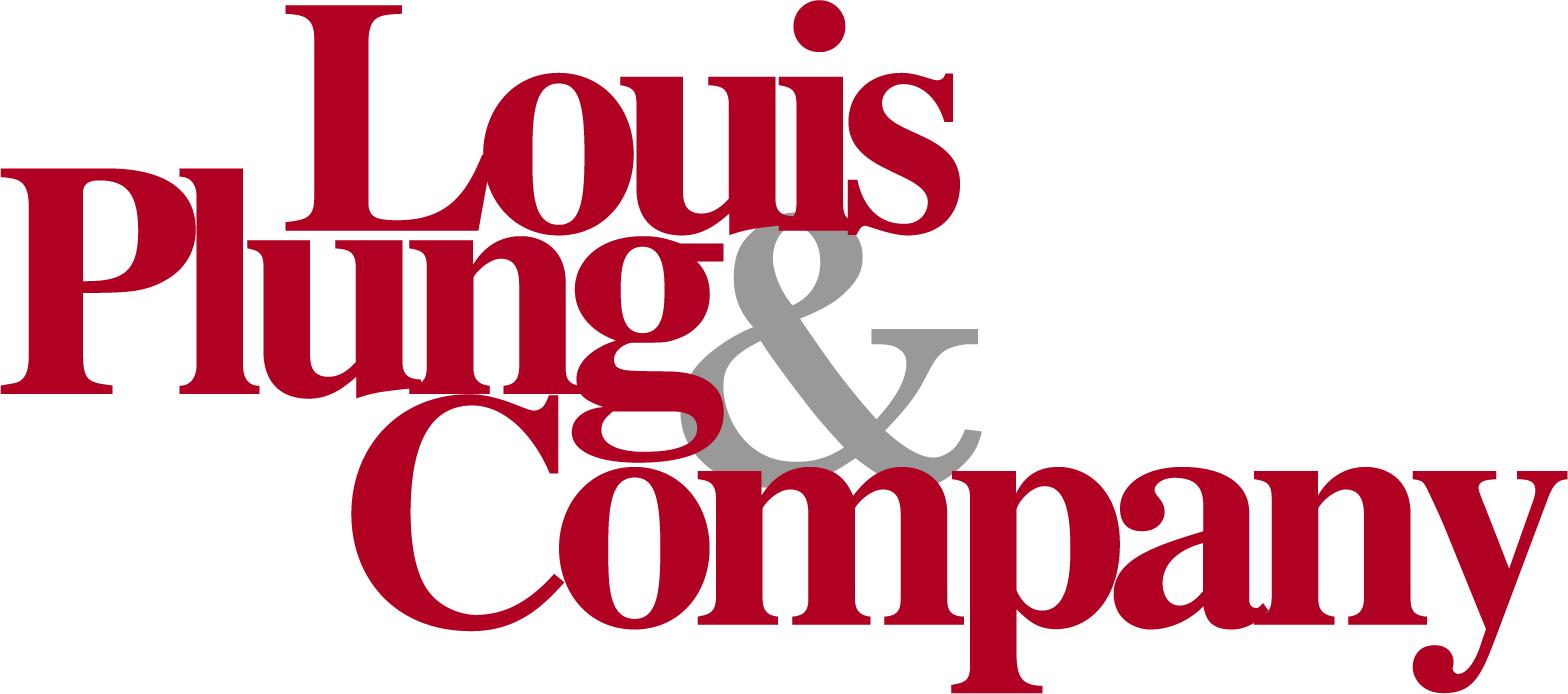Leasing Standard Finally Here in 2022 for Private Companies

By Lindsay Andrews, CPA
[email protected]
In 2016, the Financial Accounting Standards Board (FASB) issued a new lease accounting standard requiring virtually all leases to be recognized on the balance sheet. As a private company or not-for profit that has leases, the implementation of this standard is required for fiscal years beginning after December 15, 2021 (and interim periods within fiscal years beginning after December 15, 2022). So, for calendar year corporations, all December 31, 2022 year end financial statements will need to adopt the lease standard to be in accordance with generally accepted accounting principles (GAAP).
Major change
For companies that lease office space, equipment, and vehicles, which were previously considered off- balance-sheet transactions, these leases will now be reflected on the company’s balance sheet. Lessees will record right-of-use assets and lease liabilities on the balance sheet for almost every lease. The impact to the balance sheet increases with the amount of the lease payment and the length of the term. The only exception is operating leases with a term of 12 months or less, where any purchase option is reasonably certain to not be exercised. Special considerations are also given to related party leases.
The impacts on the income statement and statement of cash flows are relatively minor. The lease liability is reduced with payments made, and the right-of use asset is amortized. For operating leases, lease expense is recorded, rather than amortization or interest expense.
Implementation
The first thing is to understand is what leases the company has that would be affected by implementing the standard and centralizing these lease documents. To come up with total lease obligations look for key features of lease agreements such as variable payments, options, residual value guarantees, initial direct costs, and service contracts that could include leases.
Then a company needs to perform the leases accounting. Lessees are required to record a lease obligation as a liability on the balance sheet for the present value of the sum of all required lease payments over the full term of the lease, including renewal options that are expected to be exercised. Present value calculations require the use of a discount factor. Private companies may use a risk-free discount rate, but if this option is selected, it must be applied to all leases. The other side of the journal entry in recording the lease liability is the right-of-use asset.
The ongoing accounting should be tracked in software or spreadsheets to properly account for both the right-of-use asset amortization and the principal reduction vs. interest portion of the lease liability throughout the term of the lease until both the right-of-use asset and liability are reduced to zero at the end of the lease term.
Assistance
At Louis Plung, we have worked with a variety of companies that have already implemented the standard and are available to answer questions, review your leases, and assist with the accounting implementation to make the adoption of this accounting standard as seamless as possible.
Please reach out to your Louis Plung advisor or contact us at [email protected].




